Some animals are born to be lone wolves—literally. While most creatures thrive in groups, a special few blaze their own trails, choosing solitude over society. These solitary wanderers roam vast territories, trusting only themselves to survive and thrive. No chatter at the waterhole. No pack drama. Just raw independence. From stealthy hunters to mysterious wanderers, these 19 animals prove that sometimes, going solo is the ultimate power move. Ready to meet nature’s lone wolves? Let’s dive in.
Snow Leopard
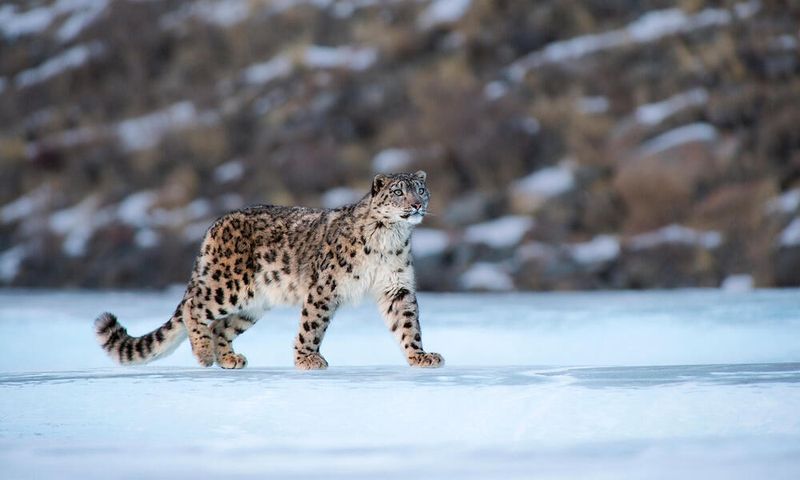
Elusive and majestic, the snow leopard is the ghost of the mountains. Its thick, spotted coat blends seamlessly with the snowy terrain, offering the perfect camouflage. Snow leopards roam the rugged peaks of Central Asia, their large paws acting as natural snowshoes.
Unlike other big cats, they seldom roar, preferring a silent existence. These cats are exceptional climbers, often spotted on cliffs and steep rocks. Solitude is a necessity for the snow leopard, as it stalks its prey across vast ranges, relying on stealth rather than speed. Truly, they are solitary phantoms of the alpine wilderness.
Tasmanian Devil
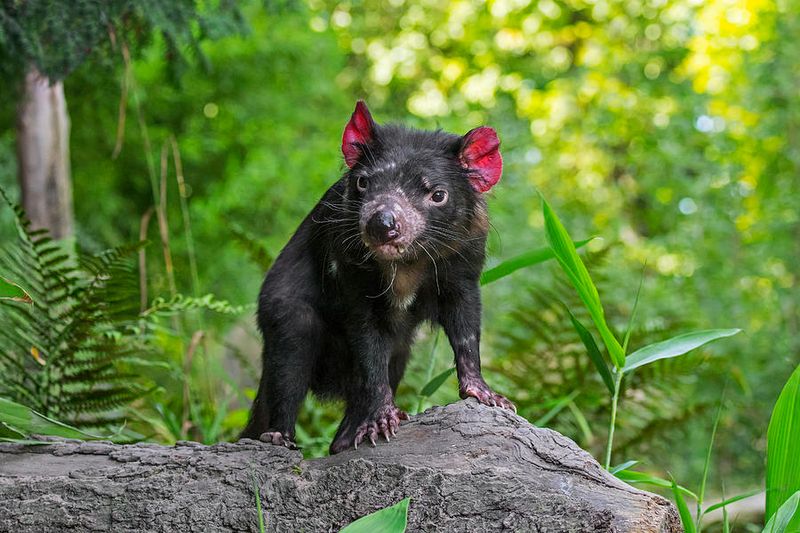
With a notorious reputation, the Tasmanian Devil is both fierce and fascinating. Found only in Tasmania, this marsupial is known for its spine-chilling screeches and aggressive demeanor.
Despite their feisty nature, they are actually quite shy and prefer the cover of darkness. Mostly solitary, they communicate through growls and screeches. During feeding, they exhibit competitive behavior, often engaging in fights over food. Their solitary lifestyle is complemented by a strong olfactory sense, which aids in finding food and avoiding other devils. The Tasmanian Devil truly embodies the spirit of a lone warrior.
Orangutan
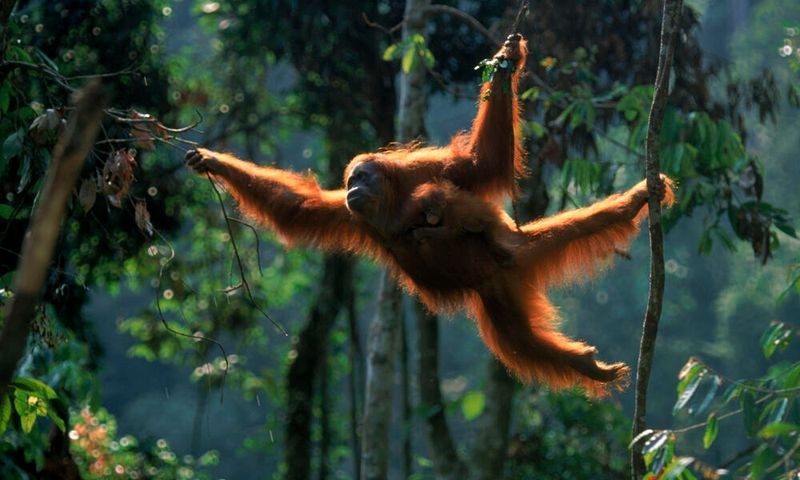
Dwelling high in the canopies of Southeast Asia, orangutans are the wise sages of the forest. Known for their intelligence, they lead a largely solitary life, with males and females coming together only for mating.
Their powerful arms and gripping hands aid them in swinging from tree to tree. Orangutans are patient foragers, feeding on fruits, leaves, and insects. These gentle giants communicate through a series of calls and gestures, living in harmony with their surroundings. Their solitary nature safeguards them from overcompetition for resources, allowing them to thrive in their arboreal domain.
Leopard
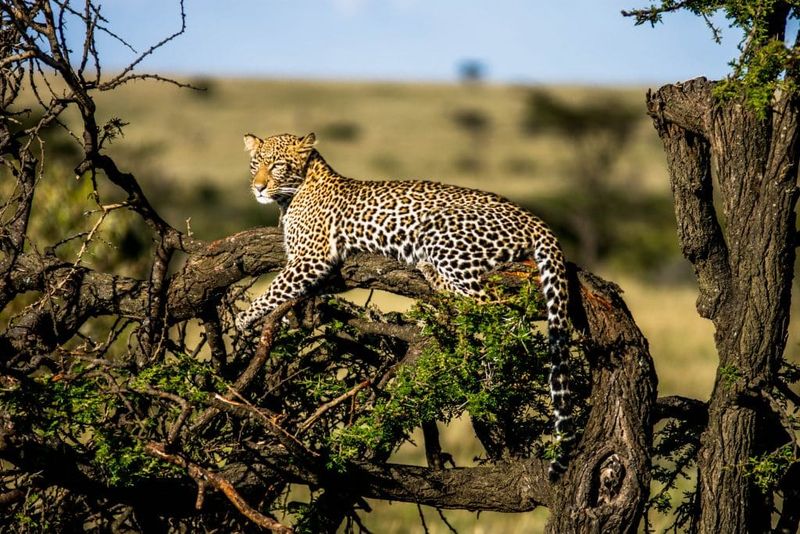
In the heart of the African savanna, the leopard reigns supreme. Agile and stealthy, it prefers solitude, avoiding the social structures of lions or the pack mentality of hyenas.
Each leopard carves out a territory, marked by scent markings and scratch marks. They are nocturnal hunters, relying on their acute senses to ambush prey. Leopards often drag their kills up trees, avoiding scavengers. Their solitary lifestyle is both a strategy and a necessity, allowing them to survive in competitive environments. These spotted felines are the epitome of independence and grace in the wild.
Polar Bear

The polar bear stands as a daunting figure against the stark Arctic landscape. As the largest land carnivore, it commands respect and awe. Solitude is their chosen path, with each bear covering vast territories in search of seals.
Their thick white fur provides perfect insulation against freezing temperatures. Unlike many bears, polar bears don’t hibernate, remaining active throughout the year. Mother bears are the exception, nurturing cubs until they’re self-sufficient. These majestic creatures are at the mercy of melting ice, their survival deeply intertwined with the changing climate. Polar bears epitomize solitary strength.
Bobcat
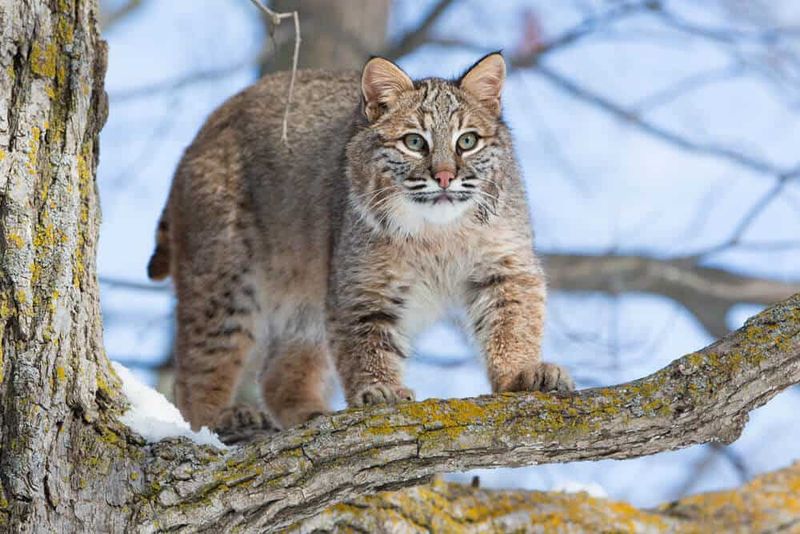
The bobcat, a master of camouflage, patrols the woodlands of North America. Preferring twilight hours, it is a symbol of stealth and cunning. Bobcats are solitary hunters, relying on their agility to capture prey such as rabbits and birds.
They are skilled climbers, often resting in trees. Each bobcat maintains a home range, marked through scent markings. Their elusive nature makes them a rare sight, adding to their mystique. Adaptability is key to their survival, thriving in diverse habitats from forests to deserts. The bobcat embodies the spirit of adaptability and independence in nature.
Eurasian Lynx
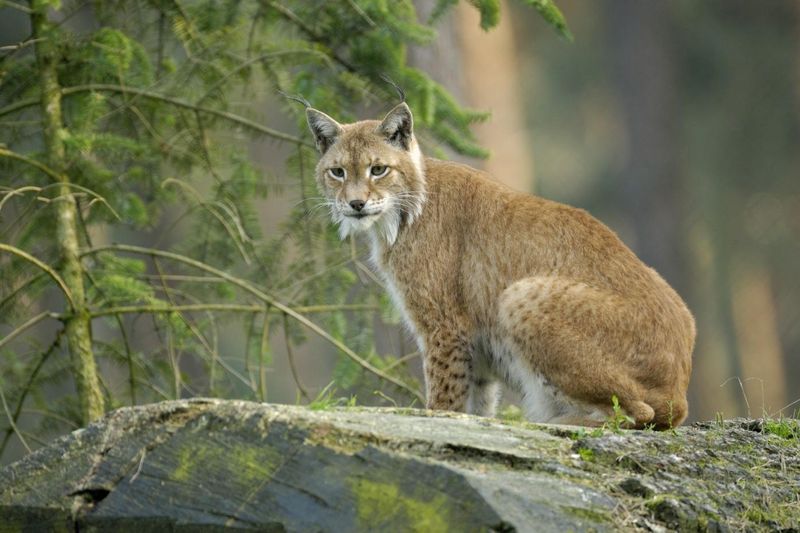
In the dense forests of Europe and Asia, the Eurasian Lynx silently prowls. Known for its tufted ears and striking appearance, it is a solitary predator. Lynxes are patient hunters, often waiting for the perfect moment to pounce on unsuspecting prey.
Their thick fur and large paws are adapted for snowy environments. Communication is minimal, relying on scent markings and vocalizations during the mating season. Solitude aids in their survival, reducing competition for resources. The Eurasian Lynx is a testament to the power of patience and stealth, navigating its woodland domain with grace.
Koala
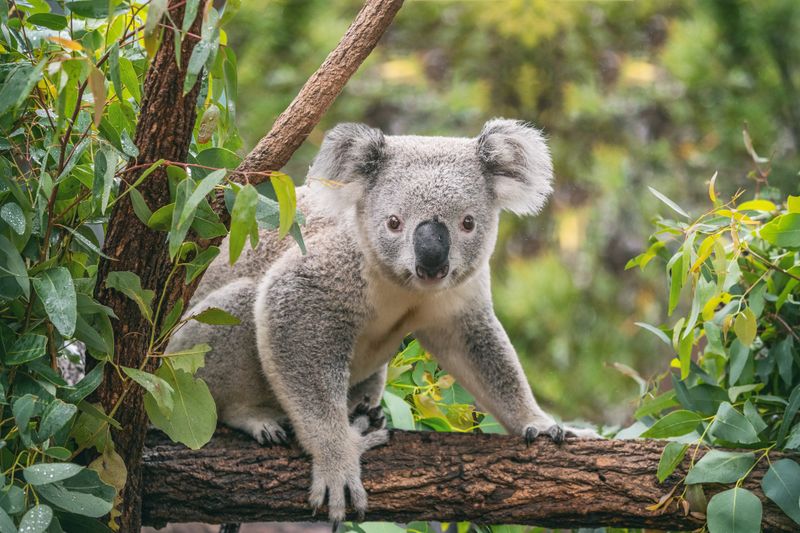
High in the eucalyptus trees of Australia, the koala finds its solace. Known for its sleepy demeanor, this marsupial spends most of its day resting. Koalas are solitary creatures, coming together only for mating.
Their diet consists exclusively of eucalyptus leaves, which provide minimal nutrition, explaining their low energy lifestyle. Despite their cuddly appearance, koalas are territorial and rely on vocalizations to communicate. Each koala has a home range, crucial for finding food and avoiding others. This solitary lifestyle allows them to conserve energy, thriving in their own serene arboreal world.
Puma
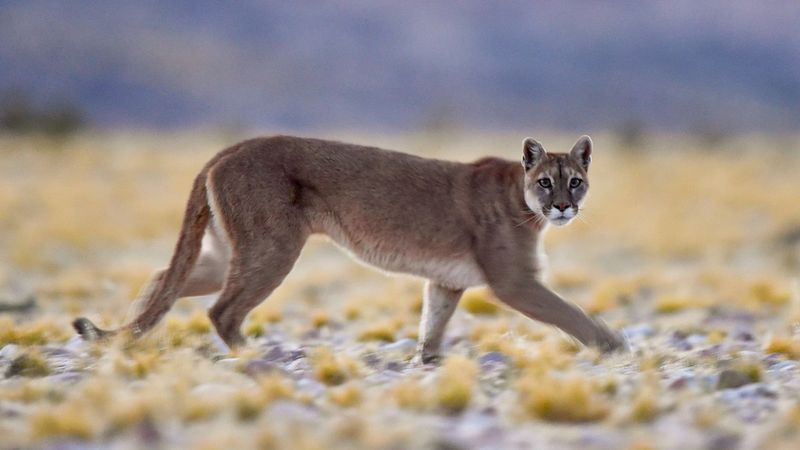
The puma, or mountain lion, roams the Americas with grace and power. Known for its adaptability, it inhabits diverse environments from forests to deserts. Pumas are solitary by nature, each maintaining a distinct territory.
They are agile hunters, using stealth and surprise to capture their prey. Communication is primarily through scent markings and vocal calls during mating. Solitude is a survival strategy, minimizing competition for food and resources. With an incredible jumping ability, pumas are true athletes of the wild. Their independence and resilience make them a symbol of solitary strength.
Echidna
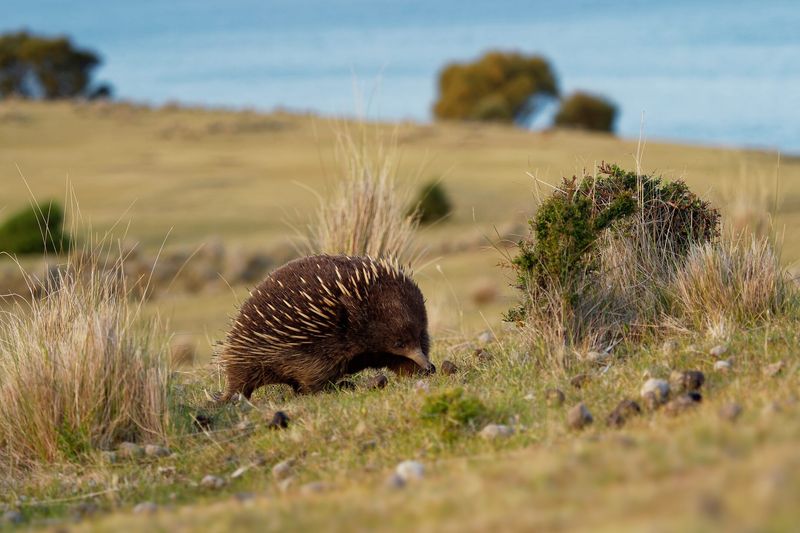
The Echidna, a peculiar creature known for its spiky exterior, roams the vast Australian outback alone. This solitary wanderer, often referred to as a spiny anteater, uses its long snout to forage for ants and termites. Despite its solitary nature, the Echidna is a master of survival, utilizing its sharp quills for protection.
Echidnas prefer a life of solitude, finding comfort in their own company as they dig burrows to escape harsh weather conditions. Their independent lifestyle allows them to thrive in various environments, adapting to changes with remarkable resilience.
Sloth Bear
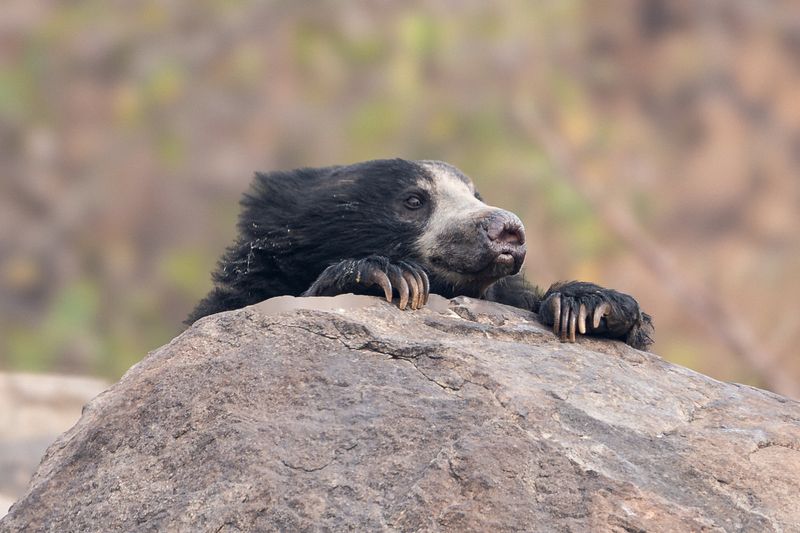
With a shaggy coat and a slow, deliberate gait, the Sloth Bear is a solitary dweller of India’s dense forests. Known for its love of insects, it uses its long, curved claws to dig into termite mounds and ant hills.
While often seen alone, the Sloth Bear’s unique adaptation allows it to thrive in solitude. It possesses a keen sense of smell, aiding in its search for food. This bear prefers to avoid conflict and has evolved strategies to stay away from predators, ensuring its peaceful existence.
Wolverine
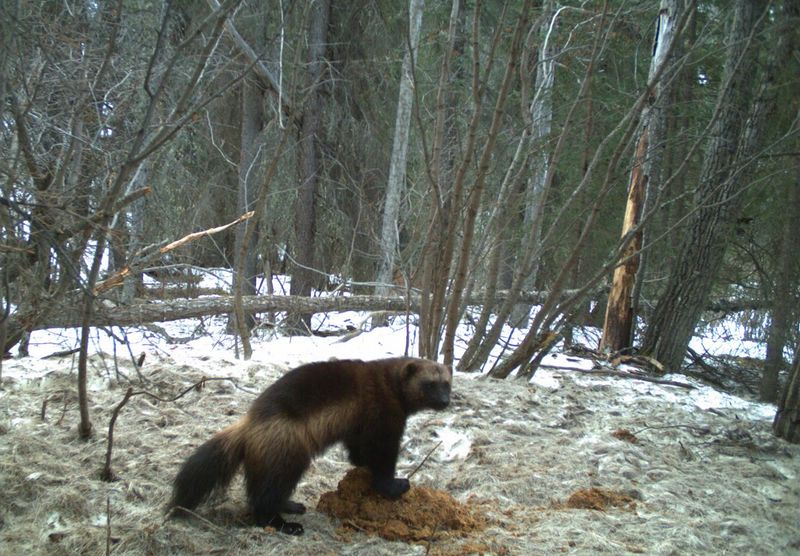
The Wolverine, often embodying the spirit of a fierce loner, traverses the Arctic’s harsh landscape with unmatched tenacity. Known for its strength and ferocity, it survives in solitude by hunting small to medium-sized prey.
These robust animals have an impressive ability to cover vast territories in search of food. Wolverines utilize their powerful jaws and claws to break through frozen ground and snow, embodying a life built on independence and resilience in one of the world’s most challenging environments.
Solitary Sandpiper
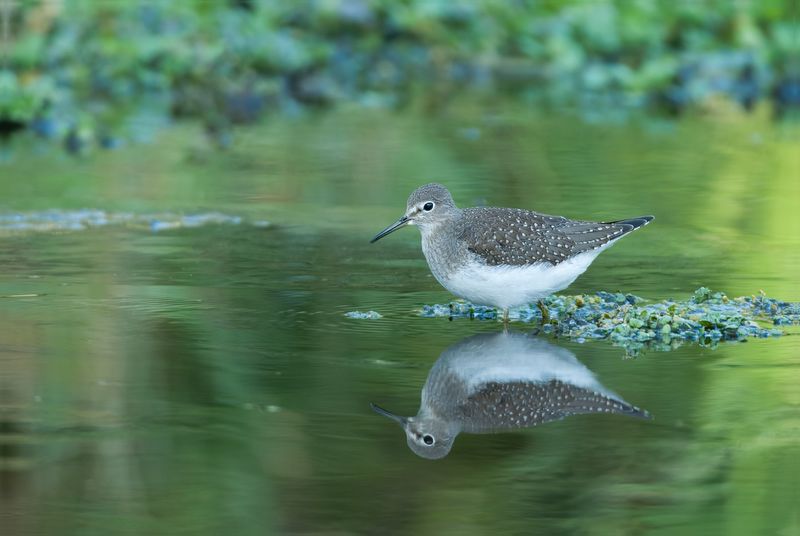
The Solitary Sandpiper, true to its name, is a lone traveler among birds. It frequents freshwater ponds and marshes, flitting gracefully across the water’s surface in search of insects and small invertebrates.
This bird’s independent nature is evident in its migratory habits, often journeying great distances alone. Its keen eyesight and agile movements are crucial for survival, enabling it to thrive without a flock. The Solitary Sandpiper’s quiet grace makes it a fascinating subject for bird watchers worldwide.
Okapi
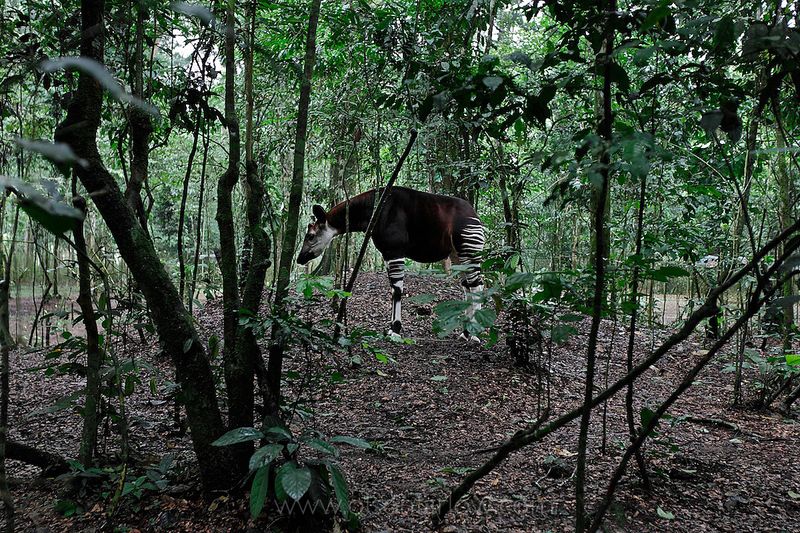
In the heart of the Congo’s rainforests, the elusive Okapi stands as a testament to solitude. Its zebra-like stripes and gentle demeanor mask a creature perfectly adapted to a solitary existence.
Preferring the quiet depths of the forest, the Okapi uses its long tongue to reach leaves and buds. This reclusive animal’s keen sense of hearing helps detect danger, allowing it to navigate its environment alone, free from the constraints of a herd or pack.
Aardvark
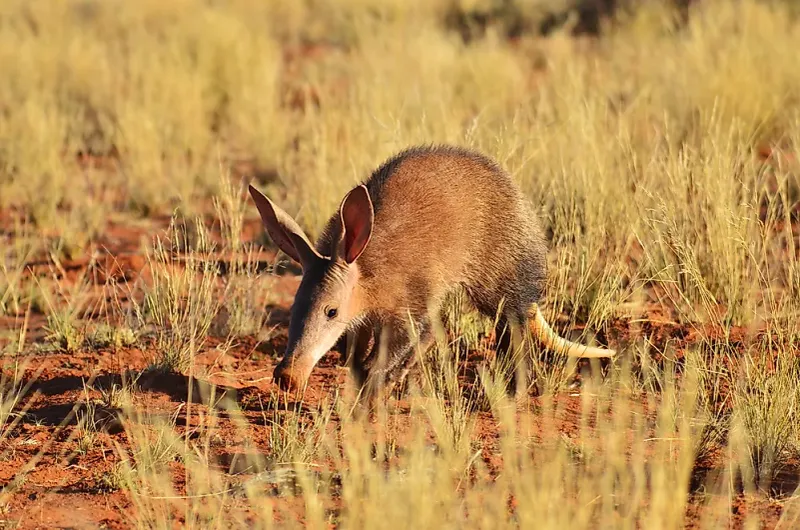
The Aardvark, a nocturnal wanderer, roams the African savanna with its distinctive snout leading the way. Known for its love of ants and termites, it digs into colonies with its powerful claws.
Aardvarks are solitary by nature, choosing the cover of night to explore. Their keen sense of smell and hearing guide them through the darkness, ensuring they find nourishment without the need for company. This unique trait allows the Aardvark to maintain its independence, thriving in solitude.
Giant Anteater
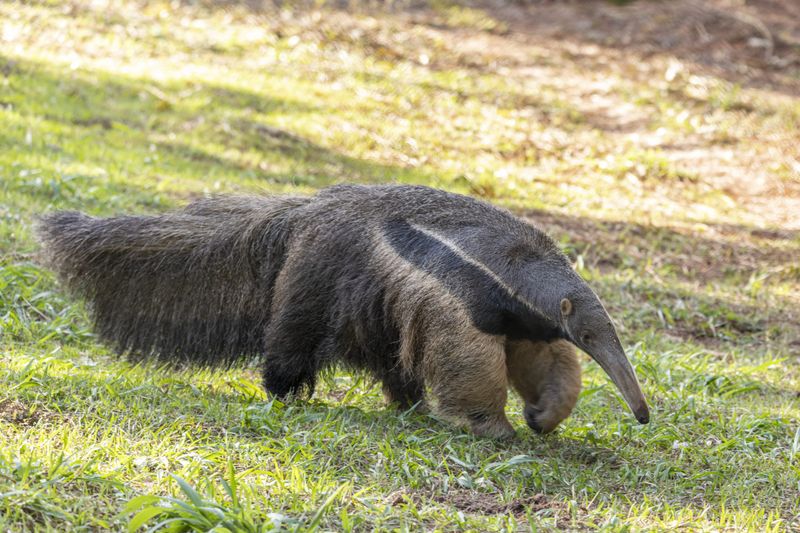
With its elongated snout and bushy tail, the Giant Anteater is a solitary figure in South America’s grasslands. It specializes in feasting on ants and termites, using its long tongue to reach deep into nests.
Preferring to roam alone, the Giant Anteater’s solitary habits are supported by its acute sense of smell and hearing. This gentle giant meanders through its habitat with purpose, embodying a life of quiet independence away from packs or groups.
Platypus
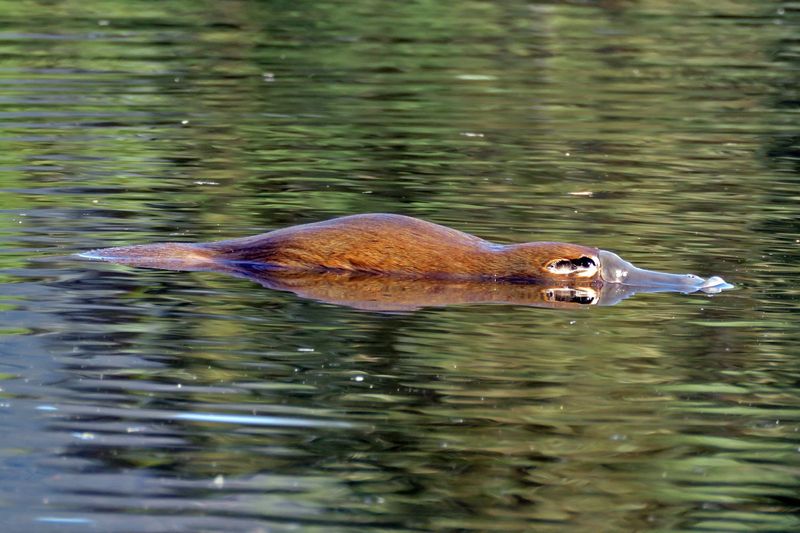
The Platypus, with its duck-bill and webbed feet, is an enigma of the animal world. This solitary swimmer is often found gliding through Australia’s rivers, foraging for small fish and insects.
Living alone suits the Platypus, as it relies on its sensitive bill to detect prey underwater. Its unique blend of mammalian and avian traits set it apart, allowing it to navigate an independent life. The Platypus thrives by itself, a marvel of evolutionary adaptation.
Great Horned Owl
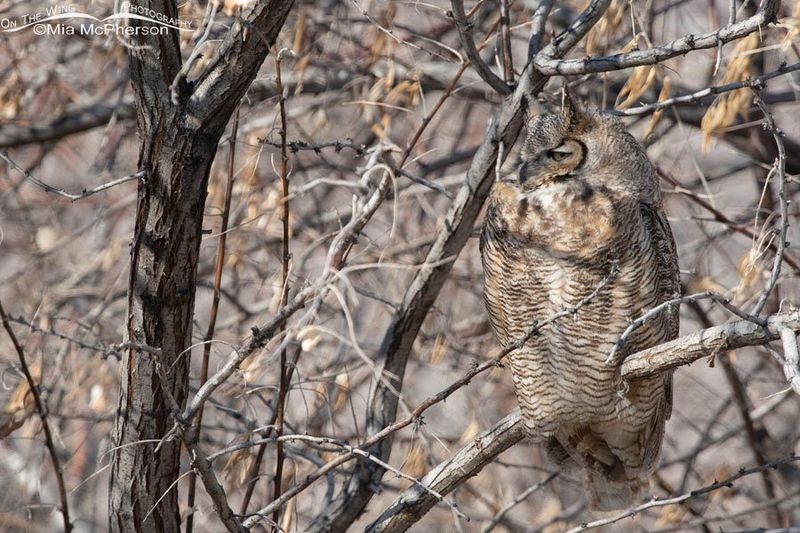
Under the cover of night, the Great Horned Owl stands as a sentinel of solitude. This majestic bird of prey hunts alone, using its remarkable vision and silent flight to capture unsuspecting prey.
With a distinctive hoot echoing through the forest, the Great Horned Owl embodies independence. Its territorial nature ensures it maintains a solitary existence, free from the constraints of flocks. The owl’s wisdom and stealth make it a revered figure among solitary animals.
Black Rhino
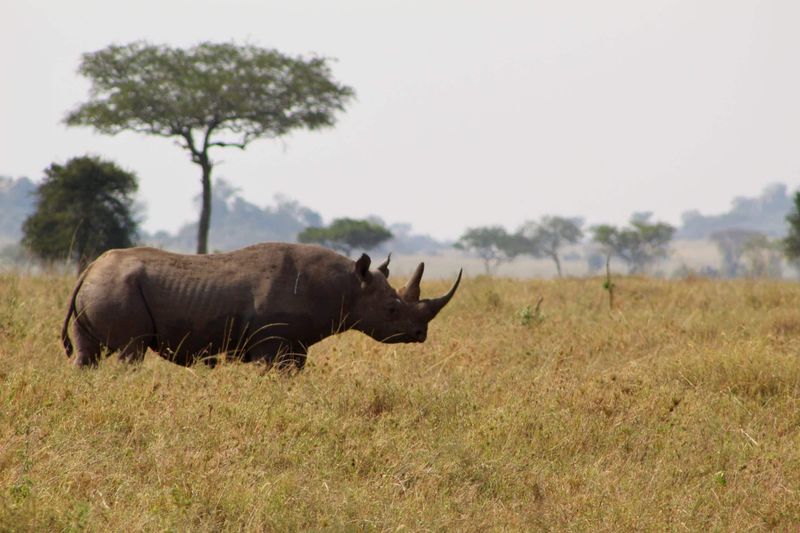
The Black Rhino, a solitary giant of the African plains, roams with a stoic presence. Known for its thick skin and formidable horn, it leads a life of quiet independence.
These majestic creatures prefer solitude, using their keen sense of smell and hearing to navigate the vast landscapes. The Black Rhino’s solitary nature is a testament to its strength and resilience, allowing it to thrive alone amidst the challenges of its environment.

